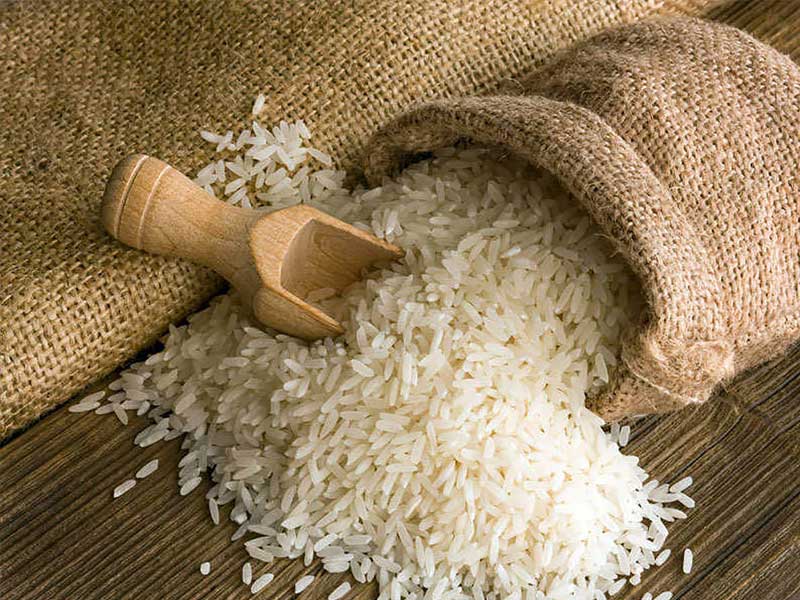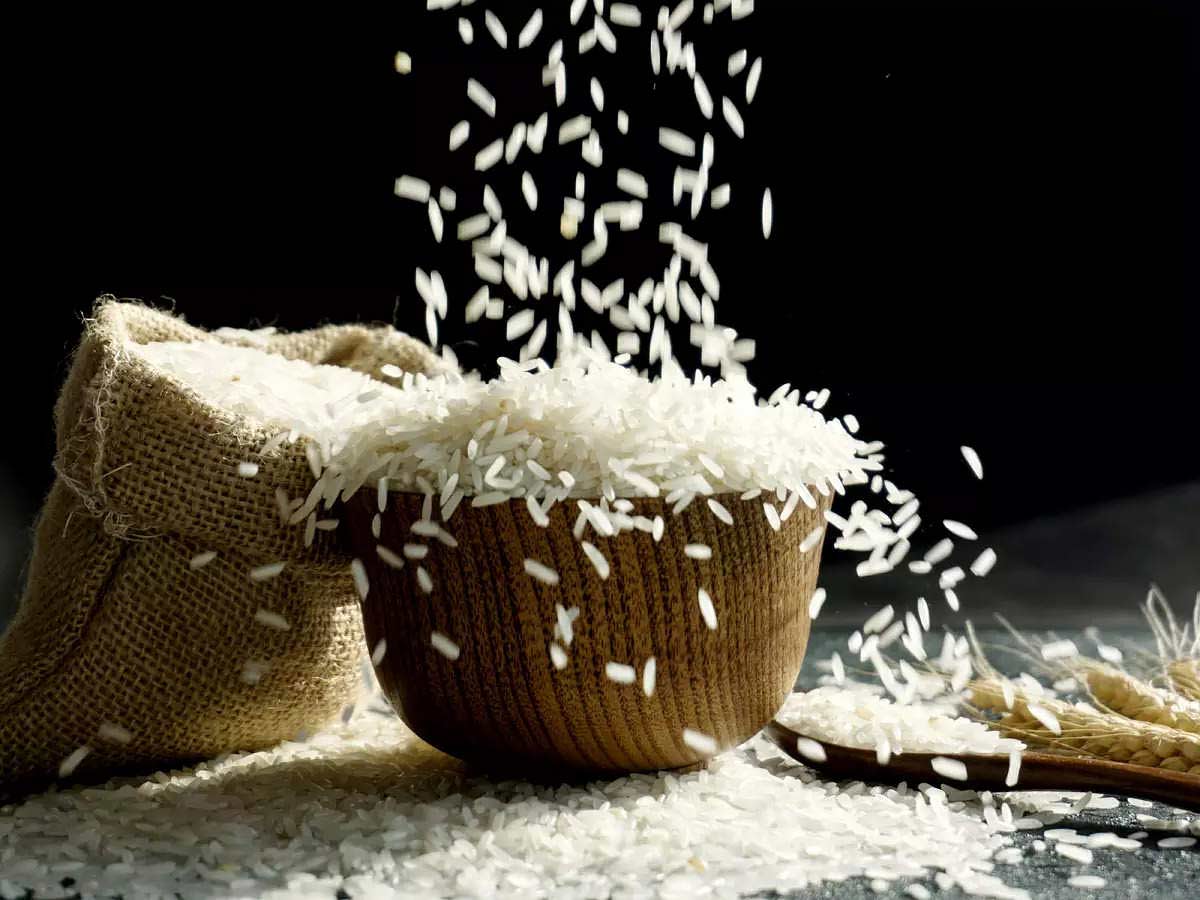The Indian government on Thursday forbade the export of non-basmati white rice, apparently in response to both an increase in domestic pricing and a decline in sowing in several important regions with significant grain production due to unreliable monsoon rains.
With immediate effect, the Indian government on Thursday forbade the export of white non-basmati.
This move appeared in response to both an increase in domestic pricing and a decline in sowing in several important regions with significant rice production due to an unpredictable monsoon.

Data from the food ministry show that this year, the retail price of the grain increased by about 15% in Delhi while it increased by more than 8% nationally on average.
According to the notification, shipments will be permitted depending on the authorization given by the government to other nations to meet their demands for food security and based on requests from those governments.
The most recent action by the Indian government, which has previously placed limitations on the export of wheat and sugar, would have a significant impact on the world market for rice.
About 50% of the world’s population eats rice regularly, with Asia eating 90% of the world’s supply.
India’s importance to the world rice trade
More than 40% of the 55.4 million metric tons of it exported globally in 2022 came from India. In 2022, India exported more non-basmati than the next four largest exporters of grain—Thailand, Vietnam, Pakistan, and the United States—put together.
India’s non-basmati rice is net imported by more than 140 nations. With rice as a staple meal, Benin, Bangladesh, Angola, Cameroon, Djibouti, Guinea, Ivory Coast, Kenya, and Nepal are major consumers of non-basmati Indian rice.
In 2022, India exported 17.86 million tons of rice that wasn’t basmati. As the nation itself was struggling with high prices of food grains, the Indian government banned the exports of broken rice and put a 20% levy on exports of various grades of it in September 2022.
The export of basmati, which totaled 4.4 million tons in 2022, has not been subject to any limitations from the Indian government. Indian farmers grow paddy twice a year. Iran, Iraq, and Saudi Arabia are the key markets for their quality basmati.
Also, Read India moves up five ranks in the Henley Passport Index 2023 for passport strength
More than 80% of the entire output, reaching 135.5 million tons in the crop year 2022–2023, was produced through summer-sown crop planting, which begins in June. Paddy is primarily grown in central & southern states throughout the winter.
Monsoon: Up until mid-June, there was a significant rain deficit due to the monsoon’s delayed arrival.
And even though the shortage has been made up thanks to strong rains since the last week of June, crops have suffered serious harm.
Due to the unpredictable distribution of monsoon rainfall in 2023, the area planted in paddy may somewhat decrease.

























